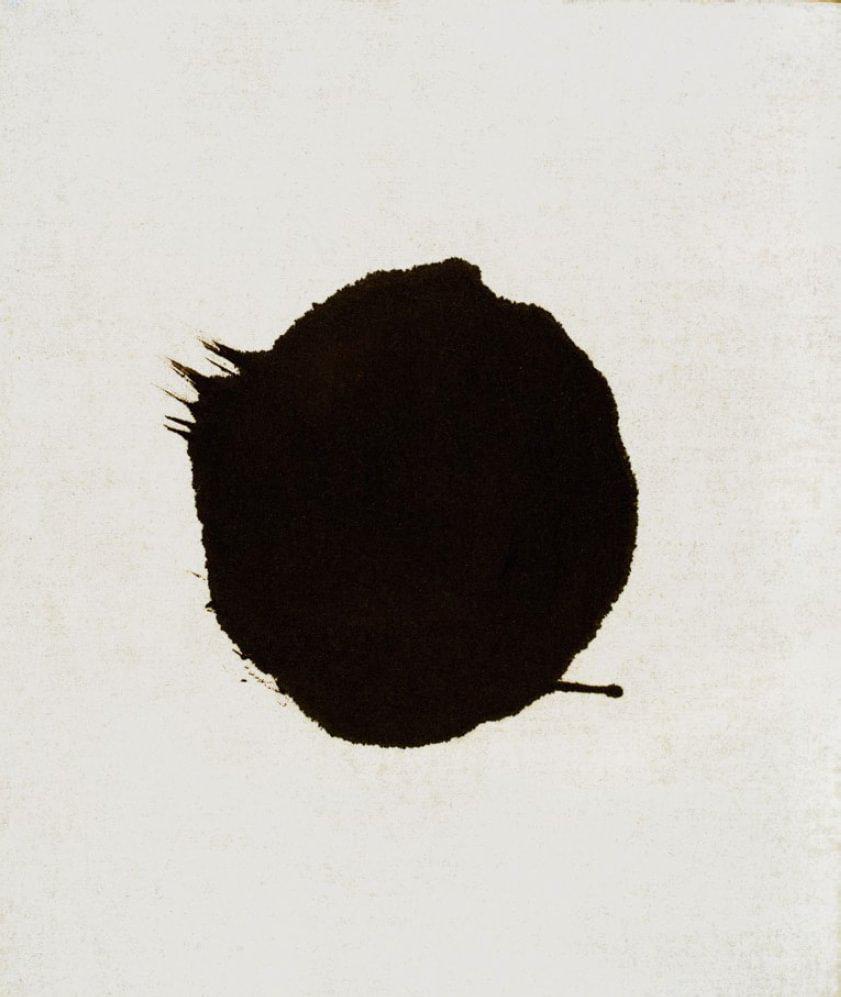
I WILL BEGIN WITH A WARNING: these words are lies. As it says in the Guhyasamaja Tantra, one of the earliest Buddhist tantras, you have to lie to talk about the dharma. Anything you say is a lie, because the dharma cannot be expressed in words. You can’t even think about it, let alone formulate the words and concepts in your mind. You have to trust that there is something beyond that. And the more experience you have of practice, and particularly, the more you practice formless meditation, the more you will learn to have confidence in the truth, which can’t be put into words.
Of course, the Buddha himself was faced with this quandary after his enlightenment. He wasn’t going to teach at all. It is said the representatives of gods and men came to him and begged him to teach, and he took quite a long time to be persuaded, because he knew that he wouldn’t be able to express the reality of what he had realized. He knew that it would be misunderstood. That is inevitable. It’s absolutely wonderful that the dharma does come to us, somehow or other. It comes to us from space.
Space is a fundamental principle in the whole of Buddhism, but it is particularly beautifully developed and expressed in tantra. My teacher, Chögyam Trungpa Rinpoche, often spoke of space as the environment in which birth and death take place—the fundamental basis of everything. Like all Buddhist concepts, space is not a theory or image. It is a lived experience. It’s a feeling, an actual experience. Sometimes you can use images of physical space to try to provoke this experience. When we breathe out, our breath goes out. You can imagine going as far as you can possibly think, out




